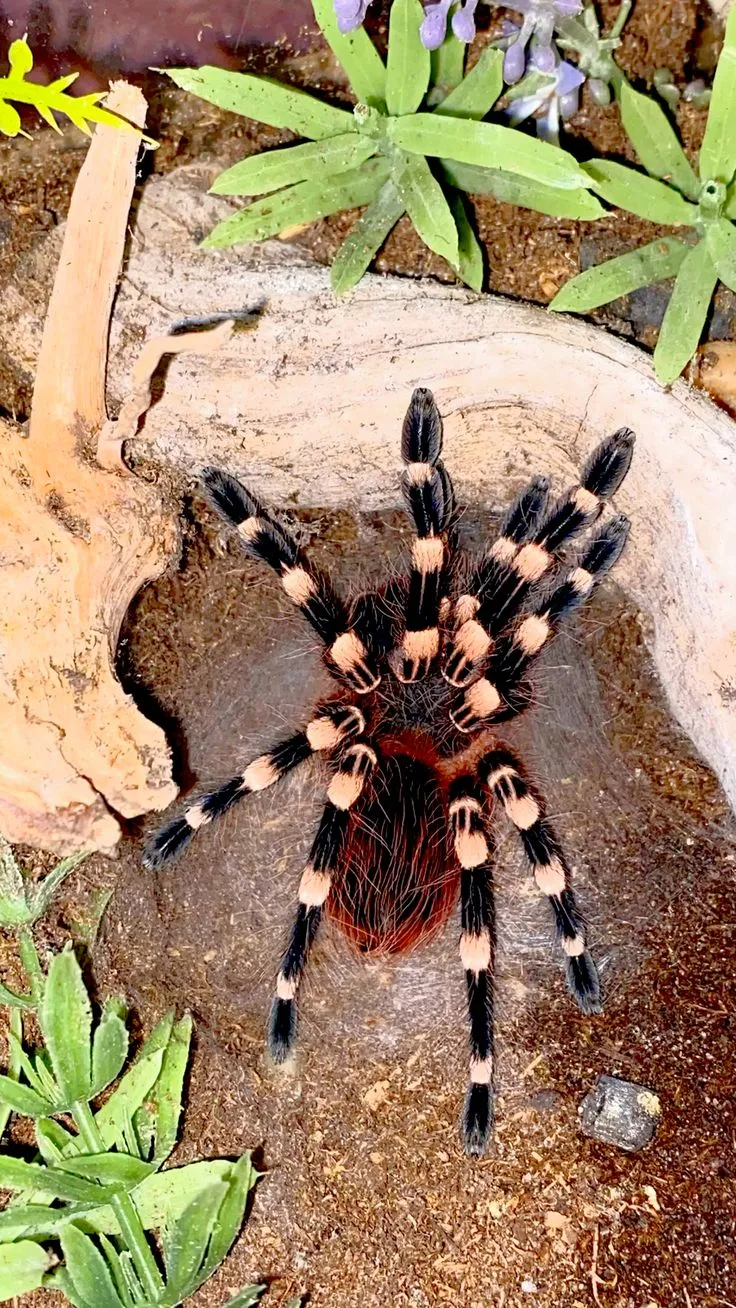Brazilian Red & White Tarantula: Essential Care Tips
The Brazilian Red and White Knee Tarantula (Acanthoscurria geniculata) is a captivating species for both novice and experienced arachnid keepers. Their striking coloration and relatively docile temperament make them a popular choice. However, like all tarantulas, they require specific care to thrive. This guide provides the top 5 essential care tips to ensure your Brazilian Red & White Knee Tarantula lives a long, healthy, and fulfilling life. From setting up the perfect habitat to understanding their dietary needs, these tips will help you provide the best possible environment for your new pet. This guide will delve into key aspects of their care, including enclosure setup, feeding, hydration, handling, and health, providing you with the knowledge to become a successful tarantula keeper. Understanding the needs of your tarantula will not only ensure its well-being but also allow you to appreciate the unique beauty of these fascinating creatures.
Habitat & Enclosure Setup
The enclosure is the foundation of your Brazilian Red & White Knee Tarantula’s well-being. A proper setup mimics their natural environment and provides a safe space. The size of the enclosure is crucial, it needs to be large enough for the tarantula to move around comfortably, but not so large that it feels exposed and stressed. A secure, escape-proof enclosure is paramount, as these tarantulas are capable climbers. The habitat should also provide opportunities for burrowing, hiding, and climbing, allowing your tarantula to express its natural behaviors. Correct temperature and humidity levels are also crucial, and should be easily maintained with the appropriate equipment.
Choosing the Right Enclosure
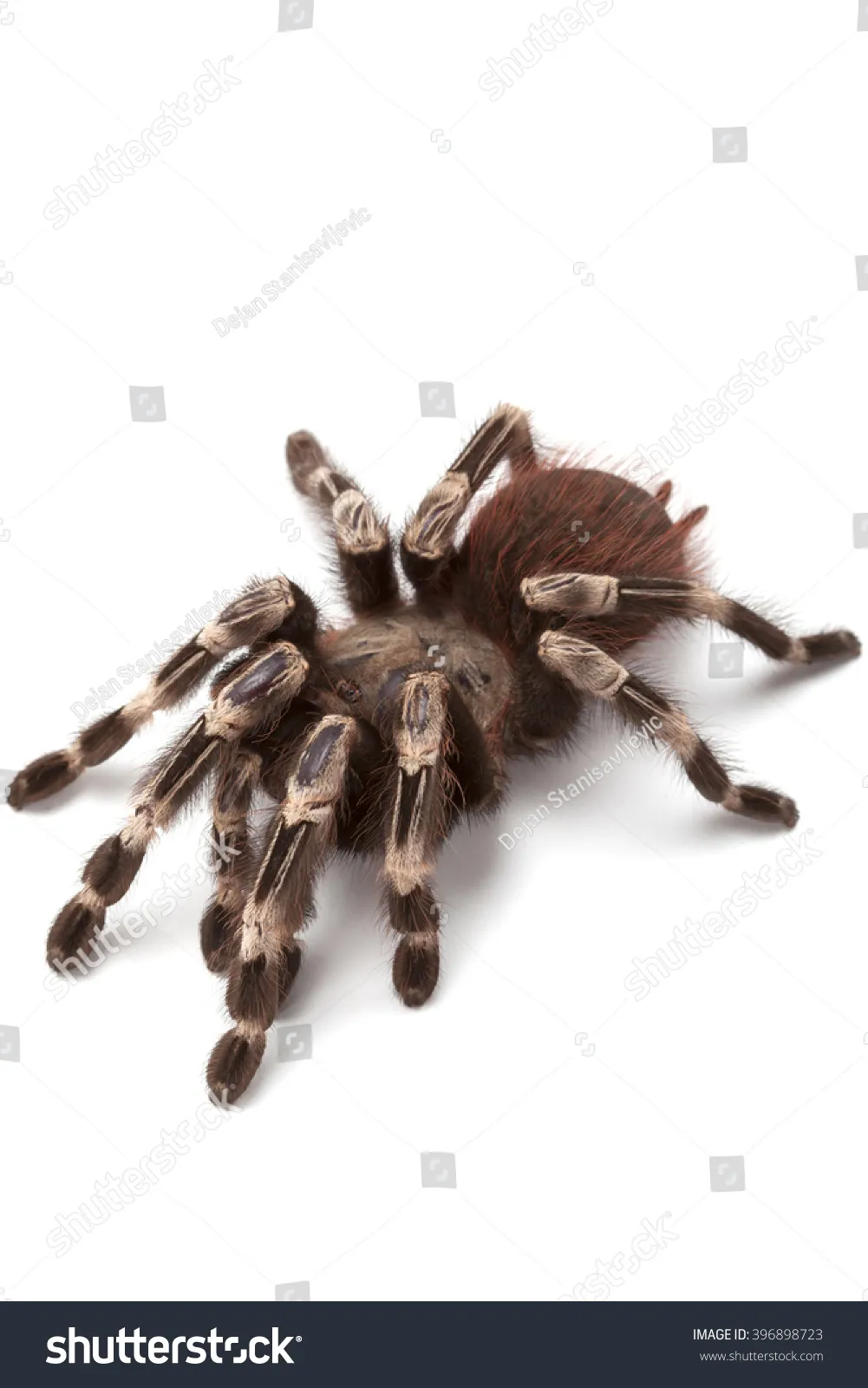
For juveniles, a clear plastic container or a small terrarium is suitable, providing plenty of ventilation. As they grow, you’ll need to upgrade to a larger enclosure. An adult Brazilian Red & White Knee Tarantula requires an enclosure of at least 10-gallon tank, or a similar size. The enclosure should be at least twice the tarantula’s leg span in width and length, and tall enough to allow for substrate depth and arboreal enrichment. Ensure the enclosure has a secure lid to prevent escapes. Consider front-opening enclosures for easy access and maintenance, but make sure they are well-ventilated to prevent humidity build-up and fungal infections.
Substrate Selection and Depth
The substrate is more than just a floor covering; it plays a vital role in maintaining humidity, allowing for burrowing, and providing a natural feel to the enclosure. A mix of substrate materials works best. A blend of coconut fiber, peat moss, and a bit of vermiculite or sphagnum moss is an excellent choice. This combination retains moisture well, encourages burrowing, and helps regulate humidity. The substrate depth should be approximately 4-6 inches for adults, enabling them to create burrows or hideaways. Always avoid substrates that contain pesticides or fertilizers, and regularly check for mold or any signs of infestation.
Temperature and Humidity Control
Brazilian Red & White Knee Tarantulas thrive in a temperature range of 75-85°F (24-29°C). A heat mat placed on the side of the enclosure (never under, as this can be too hot) can help maintain this temperature, especially in cooler environments. A reliable thermometer is crucial to monitor the temperature accurately. Humidity levels should be maintained between 65-75%. Use a hygrometer to monitor humidity levels. Regular misting, especially along the sides of the enclosure, can help increase humidity, but avoid direct misting on the tarantula. Good ventilation is also essential to prevent mold and bacterial growth, so make sure your enclosure allows for proper airflow.
Feeding Your Brazilian Red & White
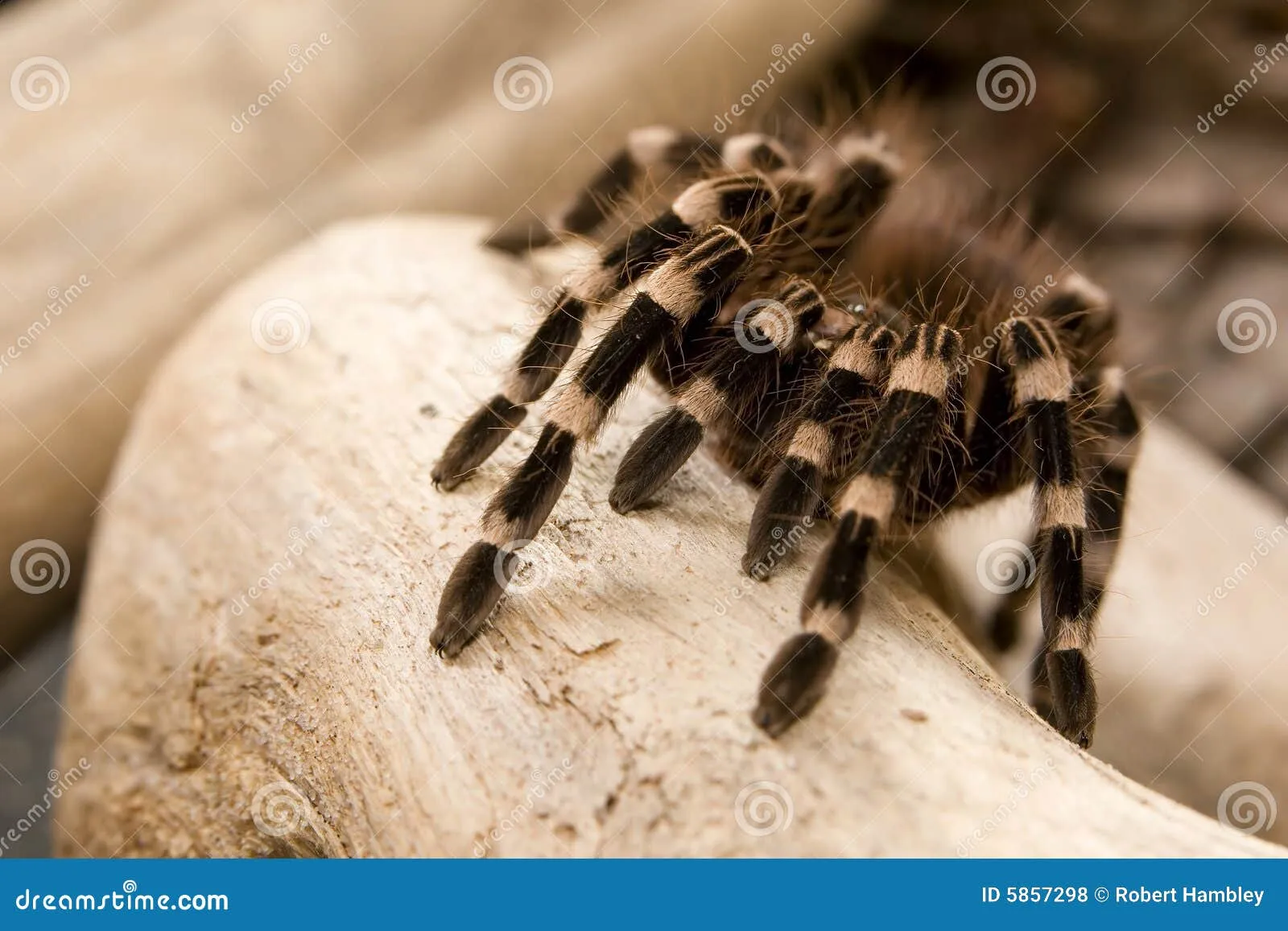
Feeding is a crucial aspect of tarantula care, directly affecting its health and growth. Providing the right food at the right frequency ensures your tarantula receives the necessary nutrients. Understanding the dietary preferences and the appropriate feeding schedule will help you keep your Brazilian Red & White Knee Tarantula healthy and active. Avoid overfeeding, as it can lead to health issues. Always remove uneaten food items within 24 hours to maintain a clean and healthy environment within the enclosure.
What to Feed Your Tarantula
The primary food source for a Brazilian Red & White Knee Tarantula should be live insects. Crickets, roaches, mealworms, and superworms are all excellent options. The size of the prey should be appropriate for the size of your tarantula; the rule of thumb is that the prey should be no larger than the tarantula’s body. Ensure the insects you feed are gut-loaded with nutritious food like fruits, vegetables, and insect food supplements to provide your tarantula with essential nutrients. Avoid feeding wild-caught insects, as they may carry parasites or diseases. Supplement their diet with pre-killed insects if your tarantula is not a good hunter.
Feeding Frequency & Portion Sizes
Juvenile tarantulas require more frequent feeding than adults. Feed juveniles (under 2 inches in leg span) 2-3 times per week. Subadults (2-4 inches) can be fed once or twice a week, and adults can be fed once a week or every other week, depending on their appetite and condition. Adjust the feeding schedule based on the tarantula’s body condition; a plump abdomen indicates a well-fed tarantula, while a thin abdomen suggests it may need more food. Remove any uneaten prey within 24 hours to prevent stress and maintain a healthy enclosure environment. Always provide fresh, clean water, regardless of feeding frequency. It’s also important to note that tarantulas often refuse food when they are in premolt, or about to shed their exoskeleton.
Watering and Hydration
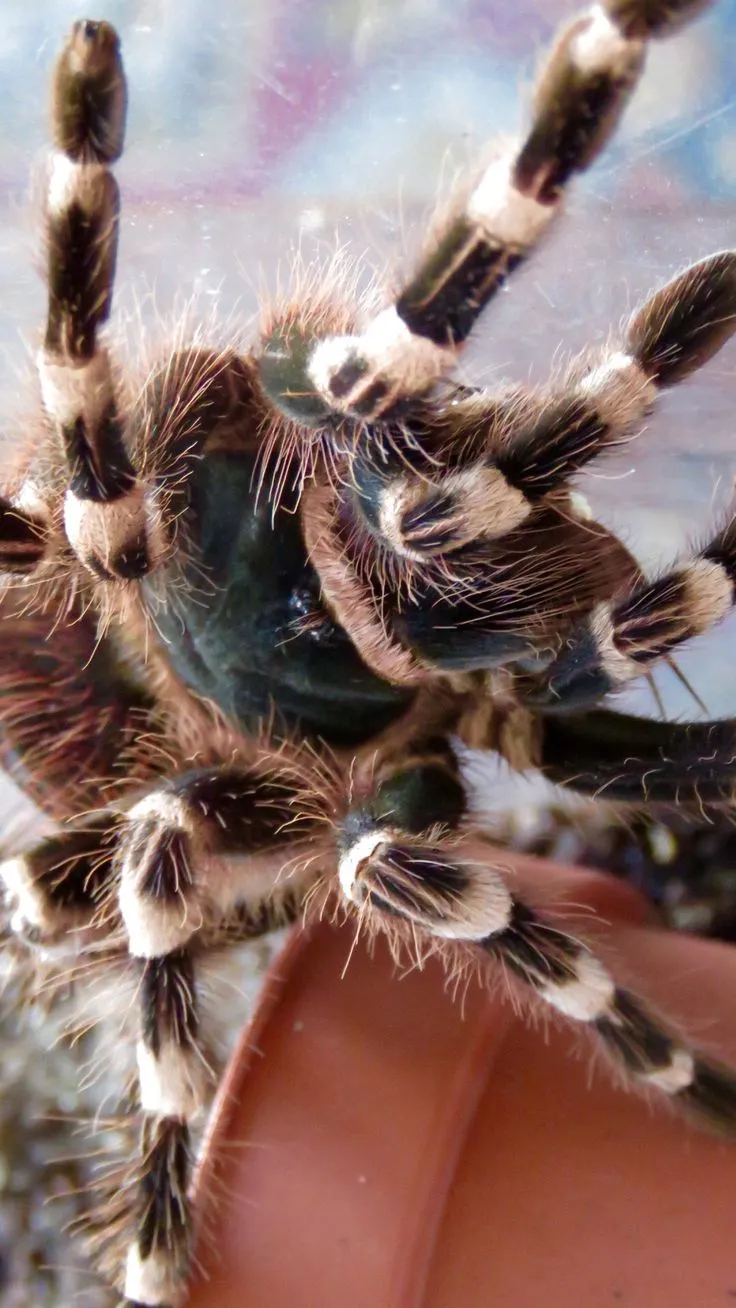
Providing a constant supply of clean water is vital for your Brazilian Red & White Knee Tarantula’s health and well-being. They need access to fresh water to maintain hydration and facilitate molting. Regular and proper hydration practices will keep your tarantula thriving in its enclosure. Dehydration can lead to serious health issues, so always make sure that the tarantula has access to water. Monitoring the humidity levels is crucial, as they play a key role in the tarantula’s overall health and hydration.
Providing Clean Water
Offer a shallow water dish filled with fresh, clean water. The water dish should be small enough to prevent the tarantula from falling in and drowning. Use a water dish made of a non-toxic material. Replace the water frequently, ideally every day or two, to prevent bacterial growth and maintain cleanliness. Regularly clean the water dish with warm water and soap, then rinse thoroughly to remove any residue. For smaller tarantulas, you can provide water by lightly misting the enclosure walls or using a cotton ball soaked in water.
Maintaining Humidity Levels
While providing water, it’s also crucial to maintain the correct humidity levels, as this influences your tarantula’s hydration. Mist the enclosure lightly with dechlorinated water, especially around the edges and the substrate, to increase humidity. Monitor humidity levels with a hygrometer and adjust your misting frequency accordingly. Ensure good ventilation to prevent excessive humidity and the growth of mold. During premolt, when your tarantula is preparing to shed its exoskeleton, increase humidity slightly to help ease the process.
Handling and Safety
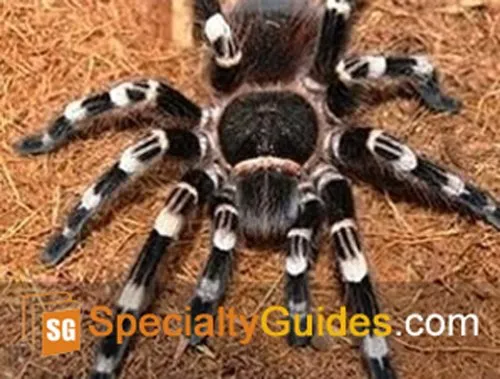
While the Brazilian Red & White Knee Tarantula is known for its relatively docile nature, handling should be approached with caution and respect. Understanding their behavior, knowing their limitations, and following proper handling techniques is vital to prevent stress to the tarantula and ensure the safety of the keeper. While many keepers enjoy interacting with their tarantulas, it is not always necessary for their well-being. Observe your tarantula’s behavior to ensure that handling is not causing it undue stress.
Safe Handling Techniques
If you choose to handle your tarantula, do so with care. Always handle the tarantula close to the ground, so it doesn’t have far to fall if it does decide to bolt. Gently coax the tarantula onto your open hand, allowing it to walk onto your palm rather than grabbing it. Avoid sudden movements or loud noises, which can startle the tarantula. Never force a tarantula to be handled. Always wash your hands before and after handling to remove any scents that could be irritating to the tarantula. Be aware of their urticating hairs, which can cause skin irritation, and avoid brushing against the tarantula’s abdomen.
Understanding Tarantula Behavior
Understanding your tarantula’s behavior is essential for safe and successful handling. Recognize signs of stress or defensiveness, such as raising its front legs, presenting its fangs, or flicking hairs. These behaviors are warnings that the tarantula feels threatened, so it’s best to back off. If your tarantula is showing signs of stress, it’s best to leave it alone. Always supervise children around tarantulas and teach them how to interact safely. Appreciate that they are fascinating creatures best observed in their natural environment.
Health and Common Issues
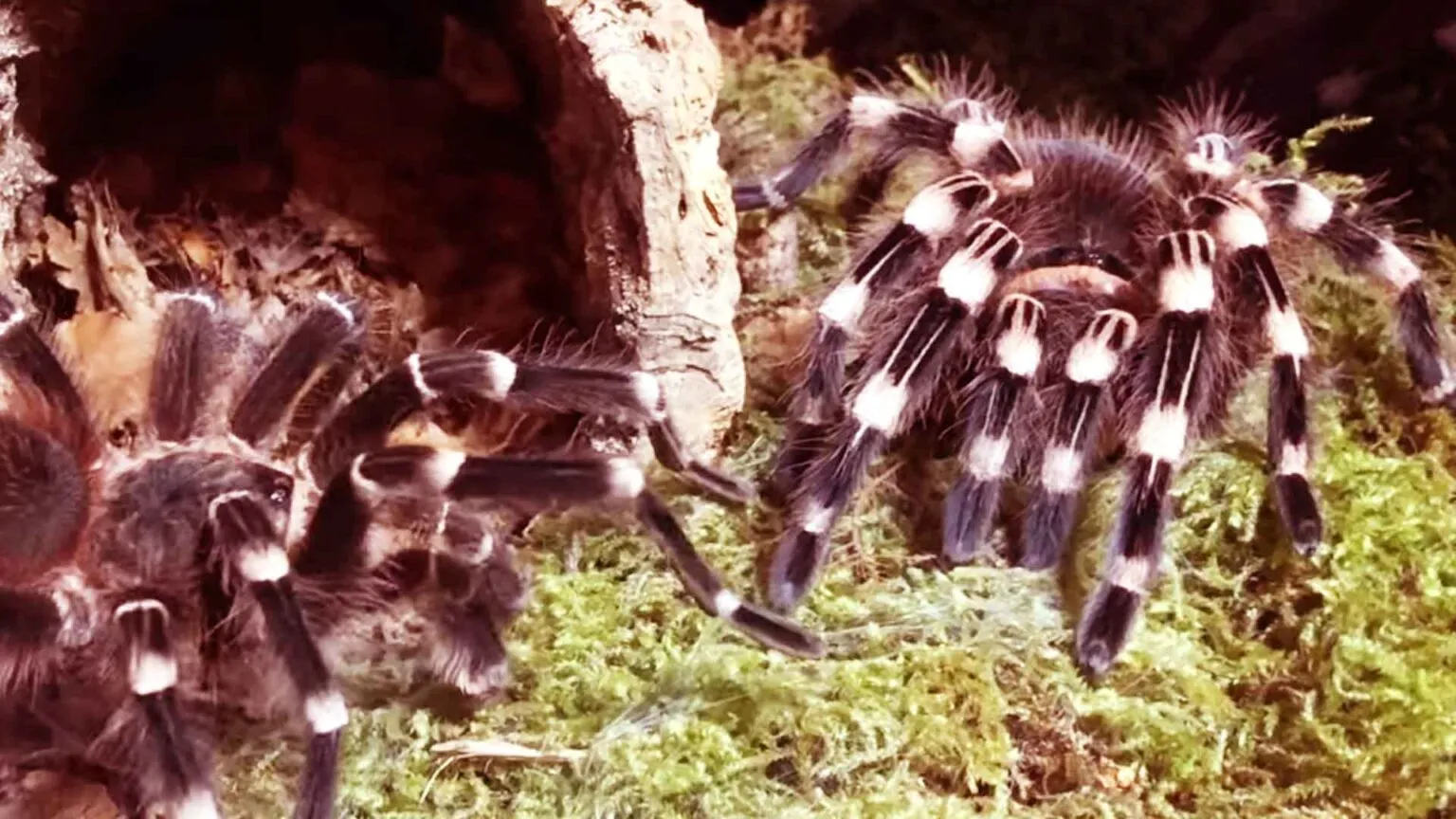
Maintaining a healthy environment and recognizing potential health issues is essential for the long-term well-being of your Brazilian Red & White Knee Tarantula. Regularly inspect the enclosure, observe your tarantula’s behavior, and understand the signs of common illnesses and problems will help you provide the best possible care. Prevention is key, so it is important to be aware of the potential risks.
Recognizing Signs of Illness
Watch for signs of illness, such as lethargy, loss of appetite, difficulty molting, or changes in posture. A tarantula that refuses to eat for an extended period may have a health issue. A tarantula that is consistently sluggish and unresponsive may also be ill. Difficulty during molting can be a sign of underlying problems like dehydration or incorrect humidity. If you observe any of these symptoms, consult with a veterinarian specializing in exotic animals or an experienced tarantula keeper. A well-maintained environment often prevents health issues, but early detection is key to successful treatment.
Preventative Care and Maintenance
Prevention is the best medicine. Regularly clean and maintain the enclosure. Remove any uneaten food and replace the substrate periodically to prevent the growth of bacteria and mold. Provide a balanced diet and ensure adequate hydration to support healthy growth and molting. Monitor temperature and humidity levels to avoid environmental stressors. Quarantine new tarantulas before introducing them to your existing collection. Keep your tarantula in a safe, clean environment and provide for their needs to minimize health risks. The best way to ensure your Brazilian Red & White Knee Tarantula’s long-term well-being is through preventative care and attention to their environment and behavior.
